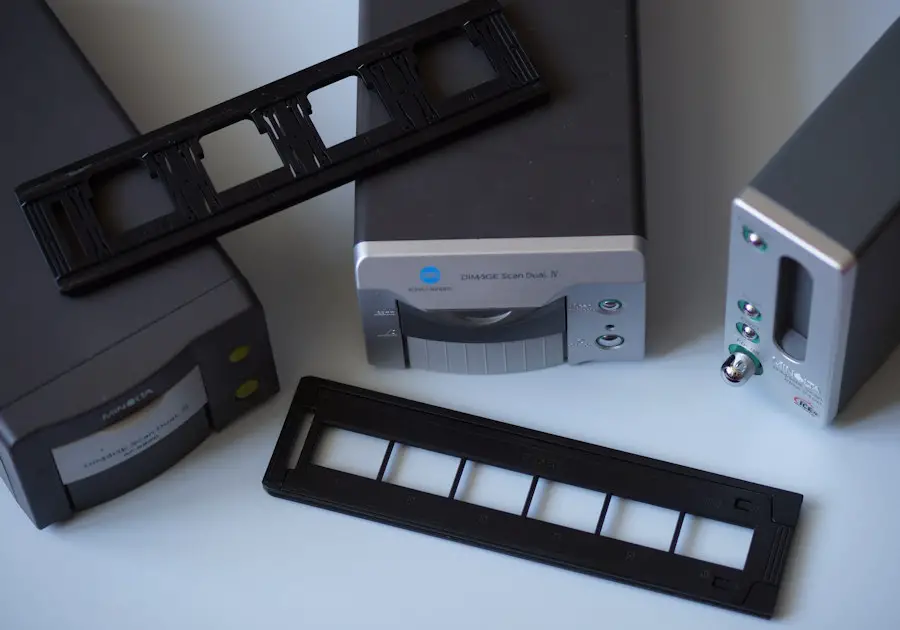Bob Janes
Veteran Member
The subject is covered in this article on digitising which is available over at 35mmc - it might serve as useful background reading.I have a lot of unscanned negs and slides, both in 35mm and 120-film, and would like to speed up the process. So far I have been using a Screen Cezanne flatbed scanner. Although the scan quality is very good, the whole process is very time consuming, about 15 minutes per frame including mounting, cleaning and the time it takes to scan. I have the impression the 1.4 magnification and the flat field of focus of the new RF 100mm macro is ideal for the task, or are there any caveats to scanning negs/slides with a macro lens? I would be using it on the R5.

Digitising Negatives and Slides - A Primer - By Bob Janes
This article seeks to inform about the digitising of analogue film, it discusses the issues involved, different approaches available to do it for yourself, and the hardware and software available. It is based on a thread of posts which originated on Dyxum.com (many thanks to those who...
In general:
- You still need to be scrupulous on cleaning and dust - time spent cleaning a negative will be paid back in not having to 'spot' later on.
- Shoot RAW
- Make sure the camera is square to the negative/slide
- find a good even light source (look for appropriate white balance if copying colour)
- Make sure you are not getting reflections from the top side of the negative/slide.
- Shooting medium format with a 100 macro can leave you with long-ish working distances, so a 50 may work better, but go with whatever dedicated macro lens you have.
Last edited:





